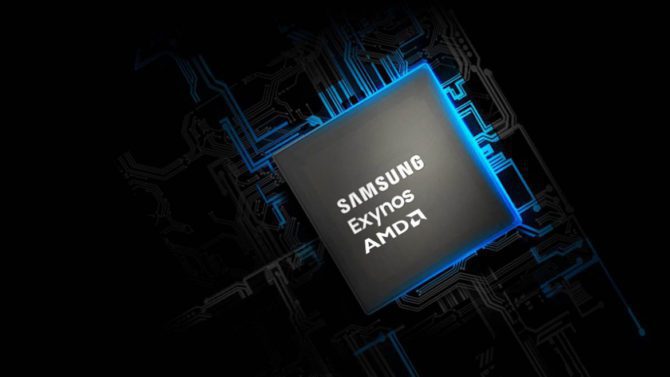Google Pixel 8: Possible iPhone Feature Integration
![]()
The potential of the Google Pixel 8 to incorporate a polarizing iPhone feature is worth considering. The current landscape of the Android phone market offers an array of impressive choices. Established manufacturers and emerging contenders alike have introduced products deserving of your valuable financial investment.
Nestled within this competitive landscape is the Google Pixel 7 lineup. Among them, the Google Pixel 7 Pro model boasts one of the finest cameras available. Both models provide an unadulterated experience of the Android operating system.
Anticipation surrounds the forthcoming installment in this series—the Google Pixel 8 collection. If historical release patterns hold true, the debut of these devices is projected around October of this year. Fresh insights into certain specifications for this upcoming gadget have recently surfaced.
Reliable tech informant, Mishaal Rahman, has hinted that the next-generation smartphones might exclusively adopt the eSIM format, at least in select markets. This deduction stems from earlier leaked renders by OnLeaks. A notable absence in these renders is the SIM card tray on the device’s left edge. This contradicts prior renders by OnLeaks that featured the presence of this tray.
Rahman reached out to OnLeaks for clarification, and the response was somewhat neutral. OnLeaks noted that renderings sometimes omit minute details, and rather than speculating on the inclusion of potentially absent features, it’s better to present the renders as they are. Nonetheless, the concept isn’t implausible. The iPhone 14 lineup already embraced an eSIM-only approach in the United States this year, eliminating the option for users to employ physical SIM cards. This change sparked dissatisfaction among some users while finding favor with others.
In markets such as the USA, where eSIM technology adoption is well-established, a comparable strategy could align with Google’s interests. This approach would likely be more favorably received in regions where the brand isn’t among the initial adopters of such technology.
Naturally, it’s equally plausible that the CAD designer responsible for the render might have overlooked a detail on the side of the housing. With approximately two months remaining until the projected launch of these devices, only time will reveal what ultimately comes to fruition in the market.
Stay Updated about the latest technological developments and reviews by following TechTalk, and connect with us on Twitter, Facebook, Google News, and Instagram. For our newest video content, subscribe to our YouTube channel.





